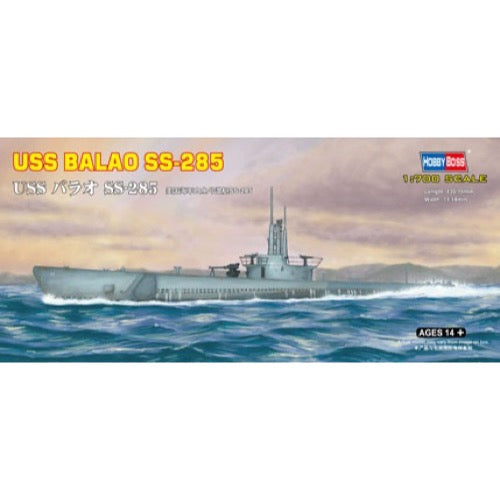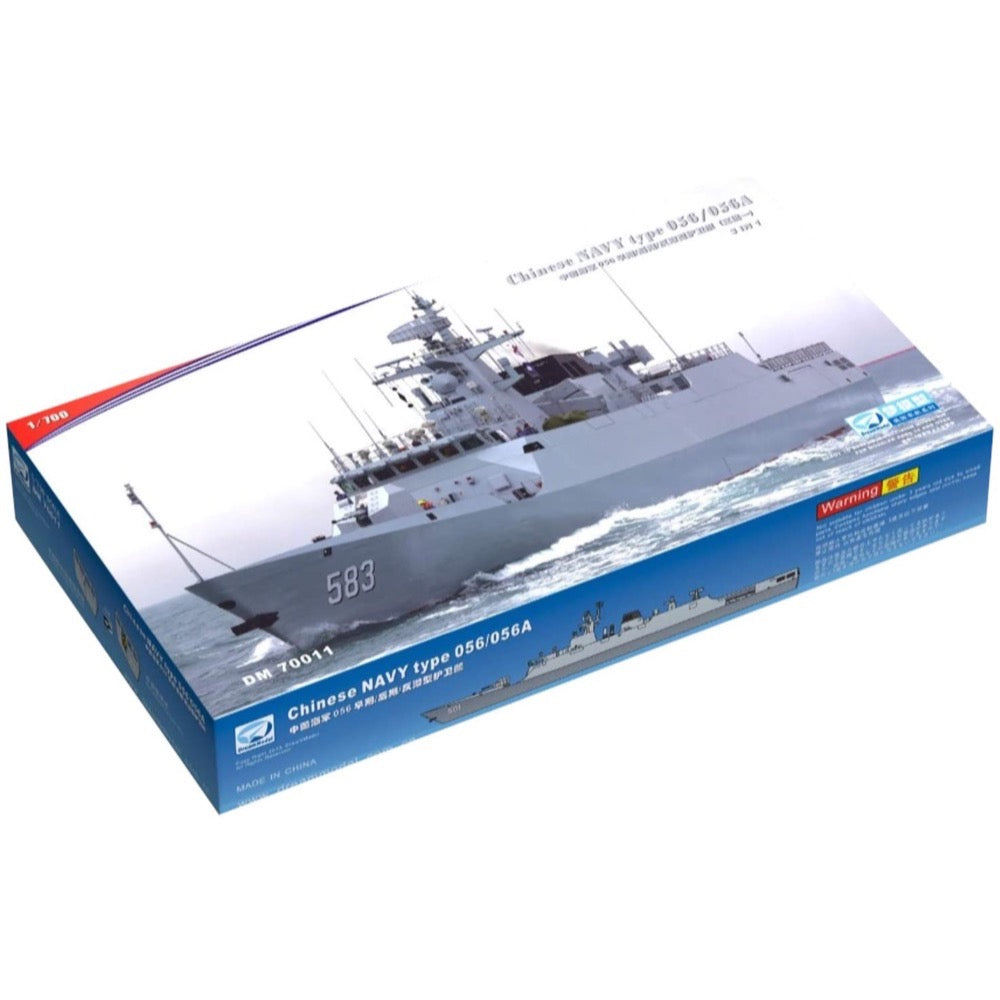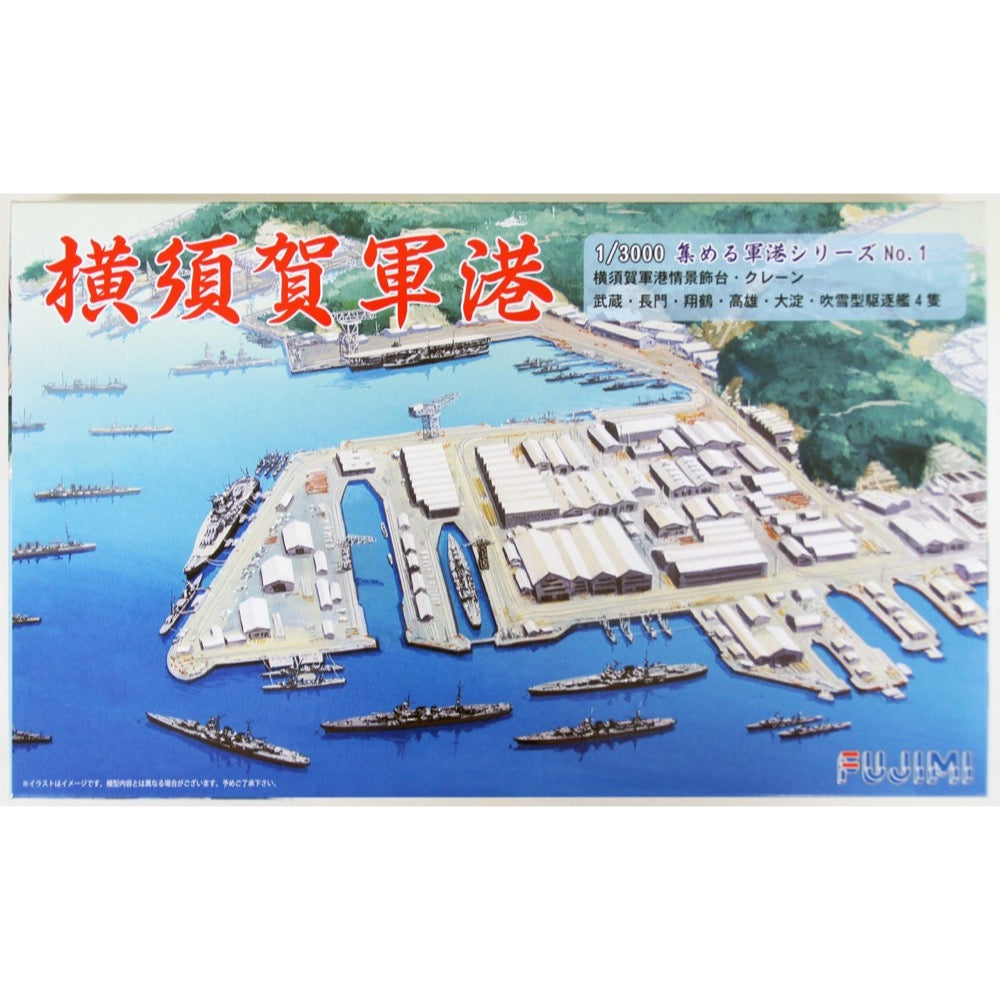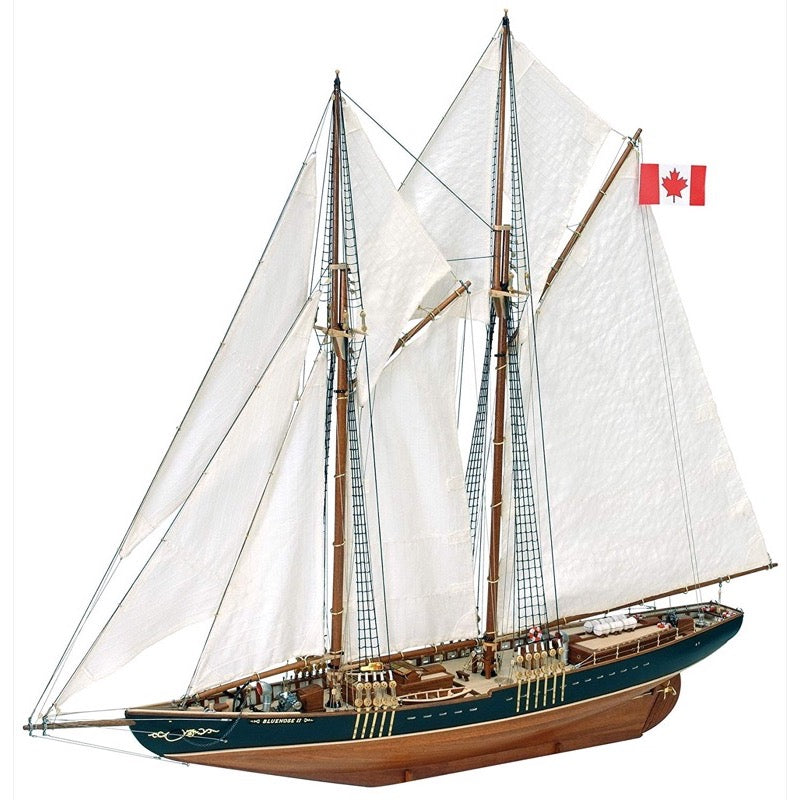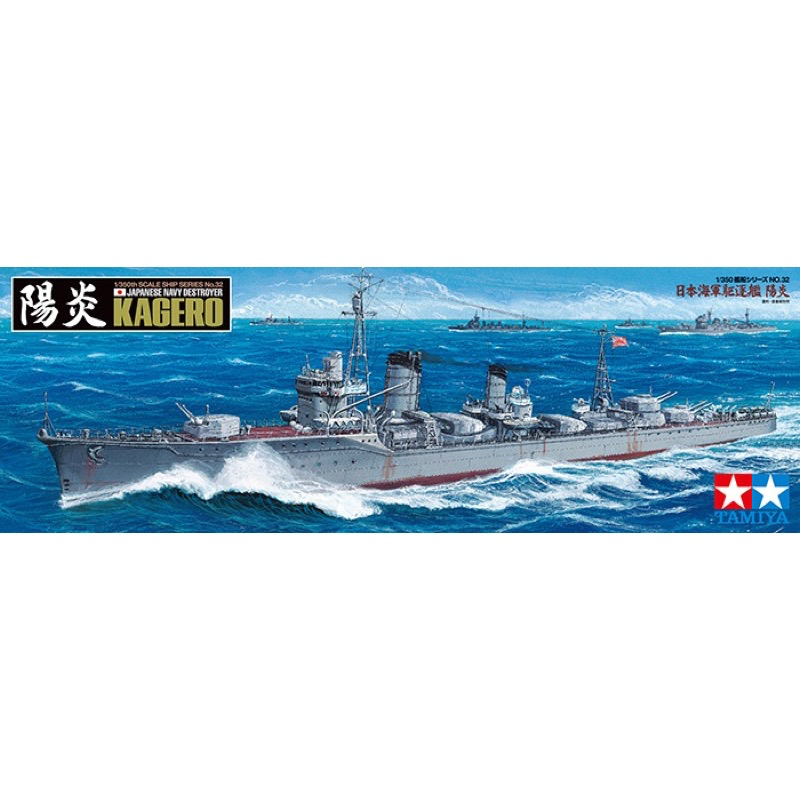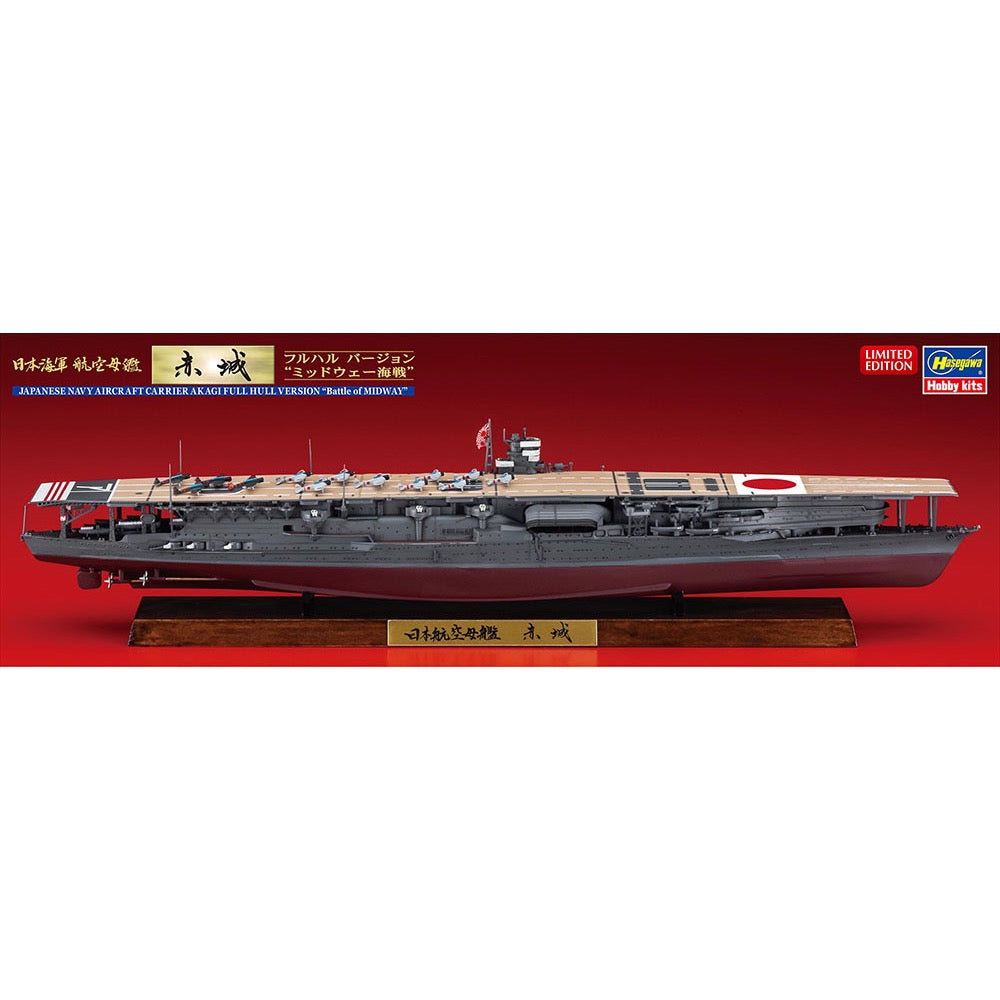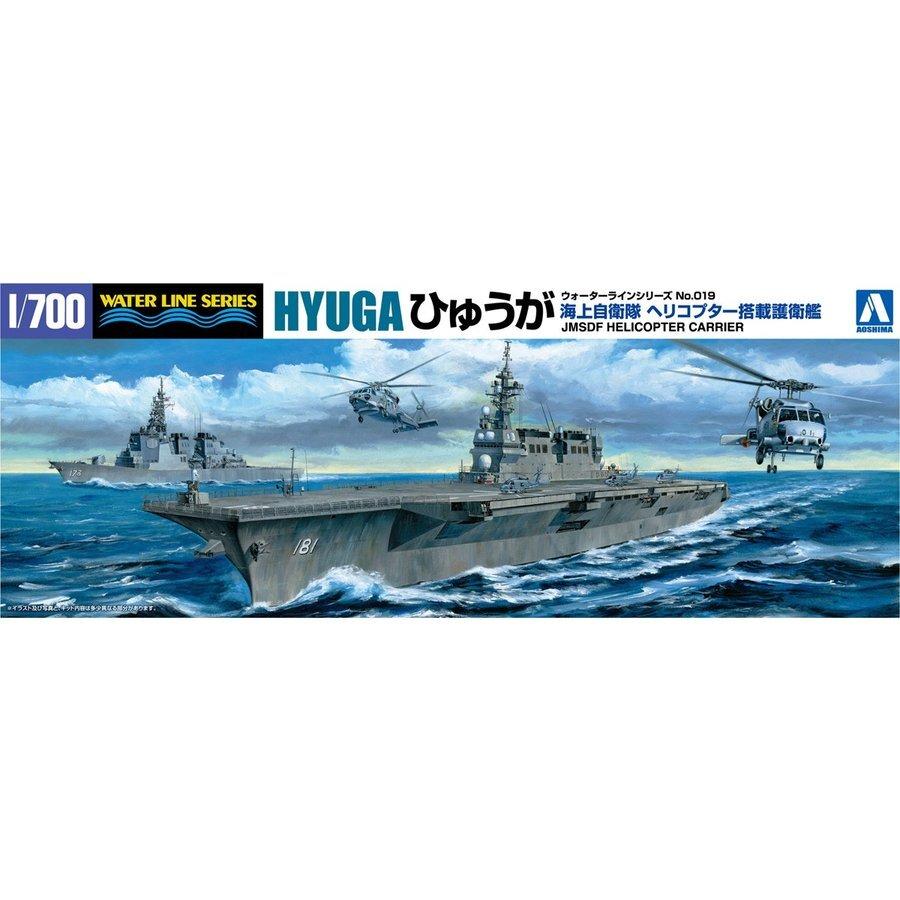
Aoshima A004161 1/700 JMSDF Ddh Hyuga
Hyuga (DDH-181) is a modern Japanese helicopter (another class term: helicopter destroyer). The keel for this vessel was laid in 2006, and the launch took place in August 2007. The unit was accepted into service with the Japanese Naval Self-Defense Forces in March 2009. The total length of the vessel at the time of launch was 197 meters and a width of 33 meters. Full displacement reaches about 19,000 tons, and the maximum speed probably exceeds 30 knots. The on-board armament consists of, inter alia, 16 Mk. 41 or two 20mm Vulcan Phalanx kits. The ship can operate a maximum of 18-20 aircraft.
Hyuga (DDH-181) is the first of two ships belonging to the class of the same name. Units of this type were created to replace the Shirane-class destroyers in the line. Compared to their predecessors, they differ in many elements. First of all, they have a continuous flight deck, almost completely different on-board armament, as well as they are more than twice as large as the displacement of Shirane type units. The main purpose of Hyuga ships is ZOP (anti-submarine combat) activities. Hyuga (DDH-181) was built by IHI Corporation in a shipyard in Yokohama and takes its name from one of the prefectures in modern Japan and one of the Japanese battleships of the Second World War. Shortly after entering service, Hyuga (DDH-181) took part in a joint exercise with the US Navy and operated with the USS George Washington aircraft carrier. In March 2011, the unit supported the rescue operation in Miyagi Prefecture after the earthquake. In June 2017, Hyuga operated in the waters of the Korean Strait due to the increase in political tension caused by North Korea and the development of its nuclear program.
A highly detailed waterline kit of the Hyuga, the JGSDF's helicopter-carrying destroyer. Includes hangar deck detail, positionable (but not movable) elevators, and three types of helicopters: SH60K x 3, MCH-101 x 1, and ME-53 x 1. The is the standard edition, without the photo-etched detail parts.
This is an injection-plastic ship model kit.
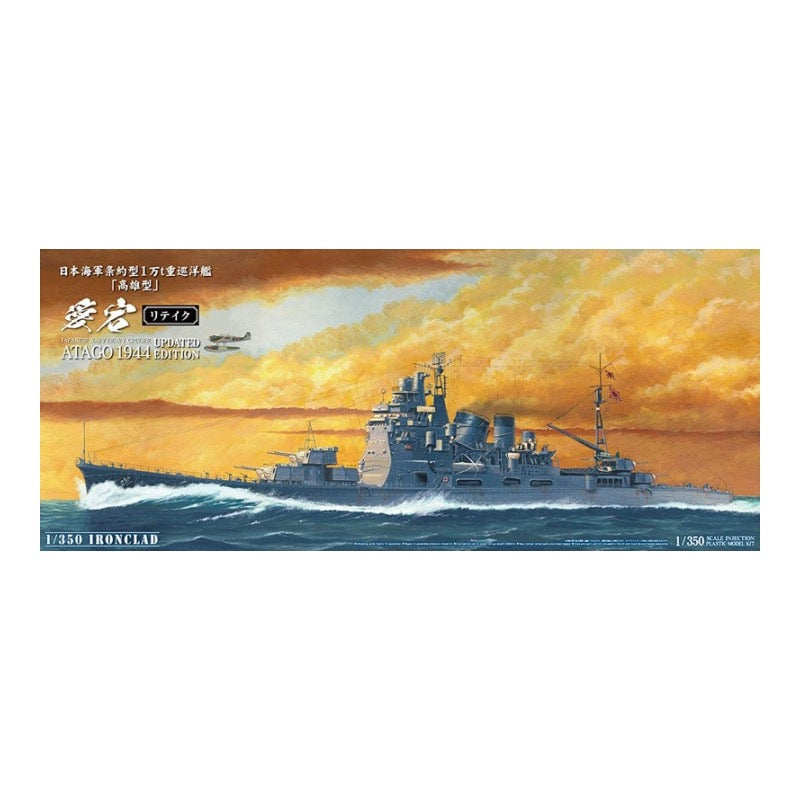
Aoshima A005405 1/350 Heavy Cruiser Atago Retake
As part of Aoshima's "Retake" series, this 1/350 scale kit features the heavy cruiser Atago based on the latest historical research available! The kit features some newly molded parts to match the available research from the Atago's 1944 appearance, such as the deck, bridge, chimney piping, the front and rear mast, and so on. Equipment such as ventilators have also been made into separate parts. In addition, Aoshima also offers a separately sold photo-etched set with linoleum deck, so you can add even more detail to your kit.
This is an injection-plastic ship model kit.
Includes
- Decals, clear parts, base
Mold Color
- Gray
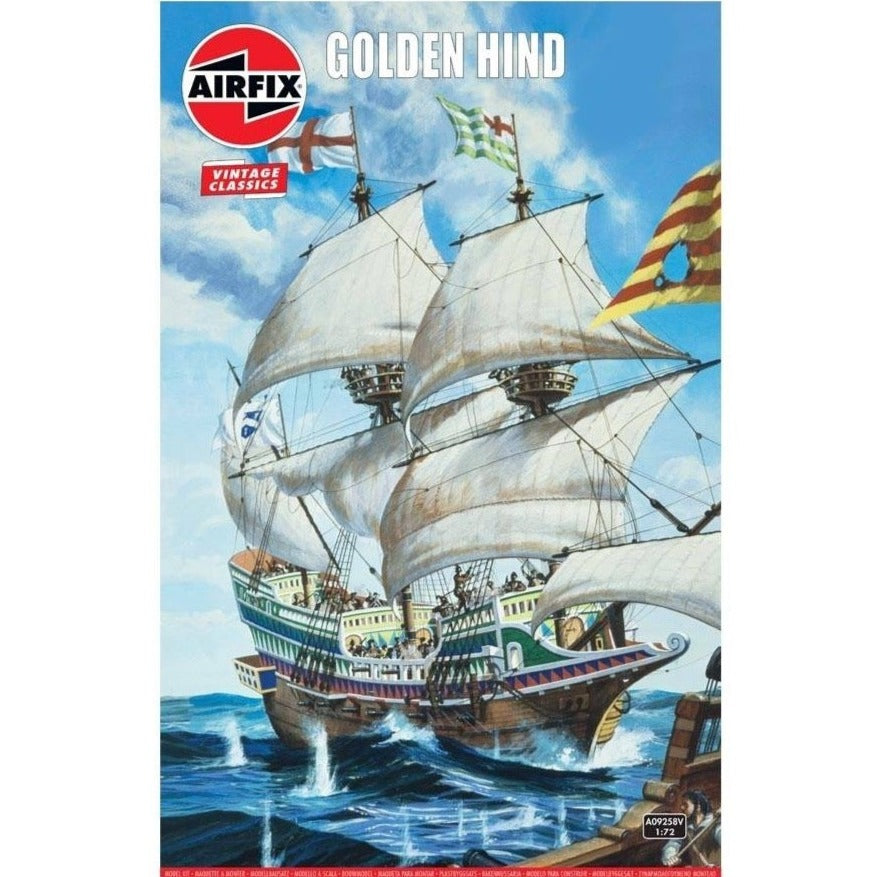
Airfix A09258V 1/72 Vintage Classics Golden Hind
The Golden Hind was an English galleon best known for its global circumnavigation between 1577 and 1580, captained by Sir Francis Drake, who on his return with a haul of Spanish gold and other treasures was knighted by Queen Elizabeth. The Hind was a well armed and nimble galleon, she was orginally commissioned as The Pelican and built in Deptford, London, where she was launched in 1577. She was the flagship of an expedition to explore the regions beyond South America commanded by Drake, with personnel support of Queen Elizabeth of England. Drake's mission became one less of exploration and more of piracy as he wreaked havoc against Spanish interests in the region.
- Launched: 1577, Deptford, London
- Displacement: 300 Tons
- Length: 120ft (37m)
- Beam: 18ft (5.5)
- Draft: 9ft (2.7m)
- Crew: 80 - 85
- Armament: 22 Guns.
Specification
- 1:72 Scale
- Parts Included: 109
- Skill Level: 3
- Scheme Options: 1

Tamiya 35150 1/35 US Navy PBR 31 Mk.II
Knowing that patrolling coastal and river waterways during a conflict in Vietnam was going to be extremely hazardous, the U.S. Navy searched for a boat design that could be quickly produced and employed. One chosen was a fiberglass-hulled pleasure craft built by Modutec Marine in Seattle Washington.
The Patrol Boat, River or PBR as it was known militarily, became one of the most successful weapons systems used in Southeast Asia. It was 31" 11" long ; 11; 7" wide, and 9"9" high above the waterline. It displaced 8 3/4 tons loaded drawing two feet of water. It's crew of four was armed with a pair of .50 cal gun or grenade launcher mounted on a tripod in the fantail, plus a single M-60 on a pipe mount bolted to one of the amidships splinter shields. It was powered by two turbocharged Detroit Diesel 205 HP, V-6 marine engines, driving a pair of Jaccuzzi 14JY water jetdrives. The engines were located underneath the aft decking, and the boat was steered by two movable nozzles below the water line, mounted on the rear transom. The water intakes were located on the hull bottom. It had a top speed in excess of 25 knots. Surface radar and two-way radio equipment provided communication and maneuvering safety.
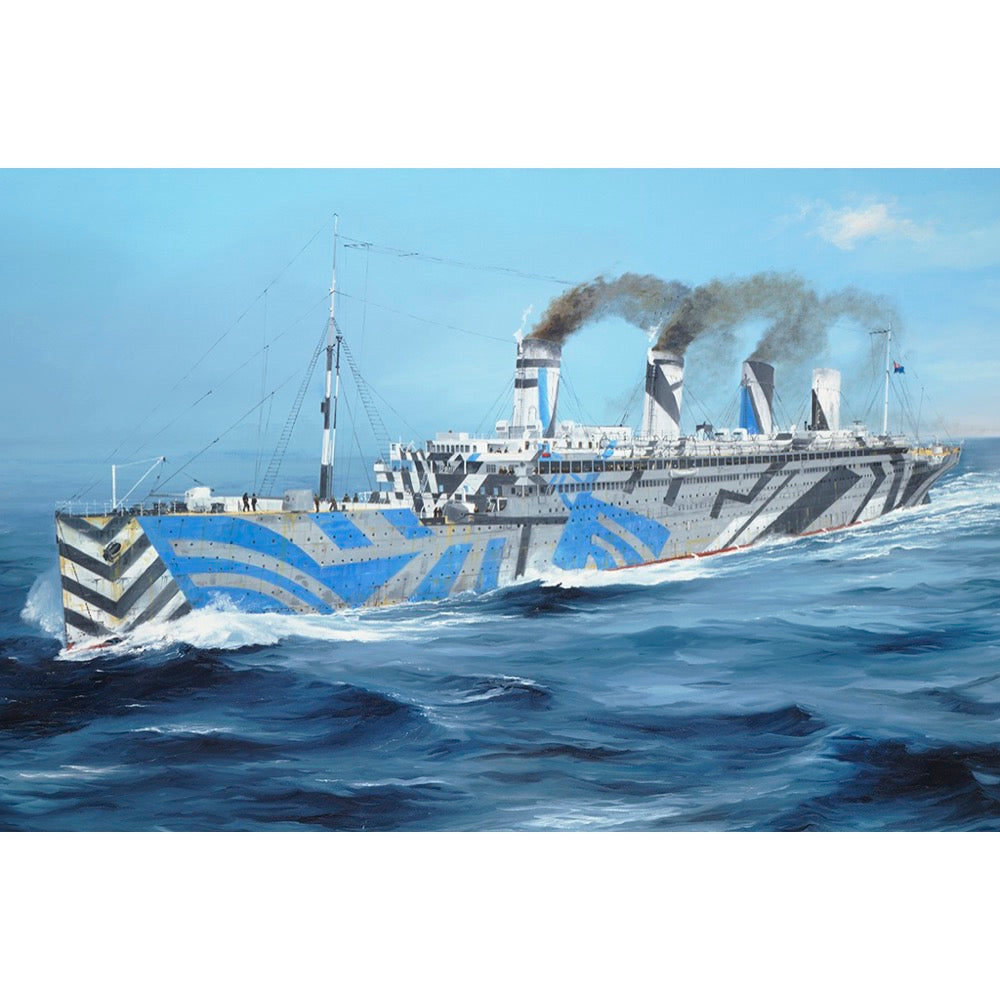
Trumpeter 03720 1/200 Olympic
RMS Olympic was a British ocean liner and the lead ship of the White Star Line's trio of Olympic-class liners. Olympic had a career spanning 24 years from 1911 to 1935, in contrast to her short-lived sister ships, Titanic and Britannic. This included service as a troopship during the First World War, which gained her the nickname Old Reliable. She returned to civilian service after the war, and served successfully as an ocean liner throughout the 1920s and into the first half of the 1930s, although increased competition, and the slump in trade during the Great Depression after 1930, made her operation increasingly unprofitable.


